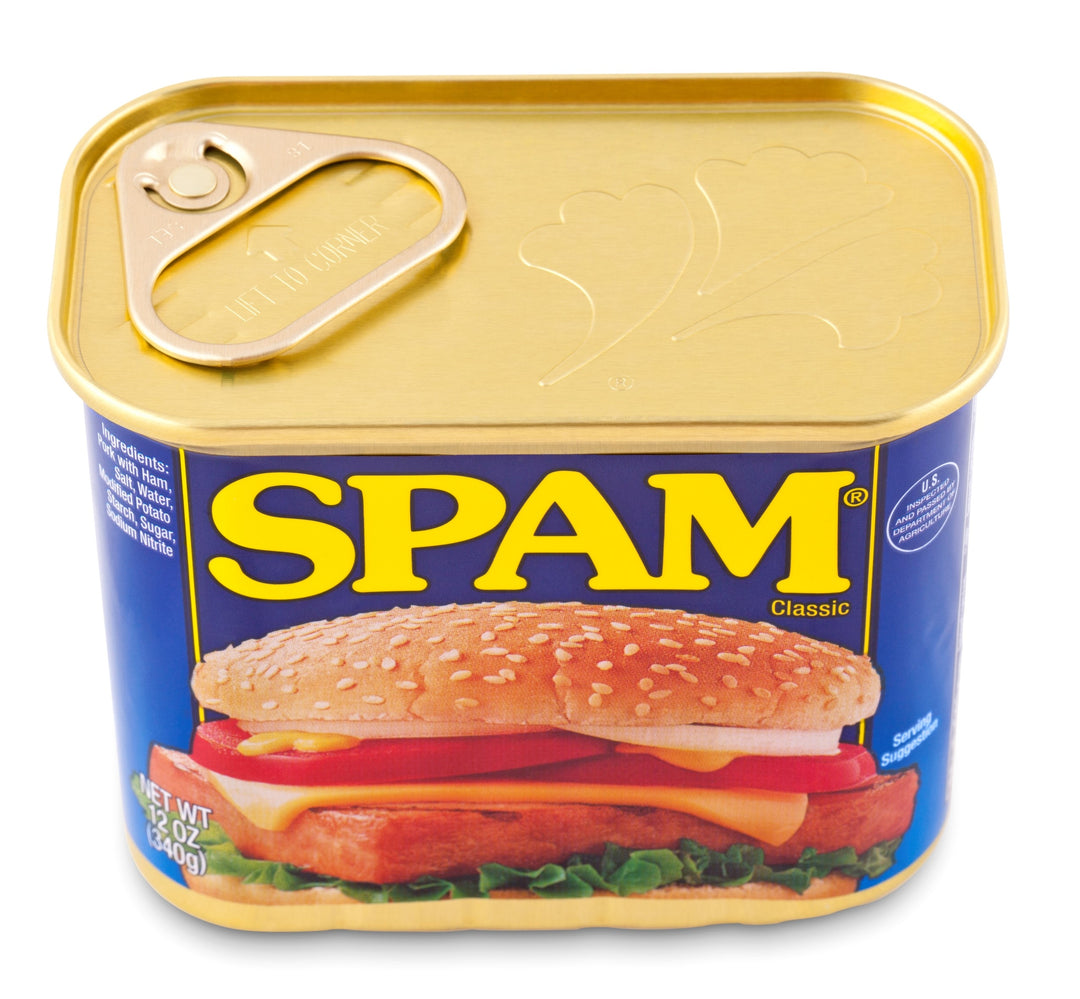Aging Well


This blog encourages seniors to embrace a lifestyle of continuous exploration and learning. It highlights the benefits of trying new activities, such as enhancing mental and physical health, fostering social connections, and maintaining a sense of purpose. The blog provides practical tips and inspiring stories to motivate seniors to step out of their comfort zones and make the most of their golden years. Whether it’s picking up a new hobby, traveling to new destinations, or engaging in community activities, the message is clear: every day is an opportunity for a new adventure. Here is a list of 365 ideas to get you started.


I loved SPAM before it was a thing. SPAM, a superstar among foods was not always the gourmet food of canned meats. Back before there was food stamps they (the Federal and county governmet) gave us (poorpeople) "Commodities." This was surplus, processed food sold at a discount by the USDA to counties to give to those on their welfare rolls.
On July 5, 1937, a revolutionary product was introduced to the American market by Hormel Foods: SPAM. This canned meat product has since become a cultural icon, a staple in pantries worldwide, and a source of culinary creativity. Let's dive into the history of SPAM, its origins, why it was invented, its cultural significance, and its enduring popularity.

Gloria Mantell Pallot, a Miami Beach native, made headlines as she walked the runway at the fashion event, becoming the oldest participant ever at 96. In an interview with 7News, she shared that she has been diligently preparing for this moment every day.






